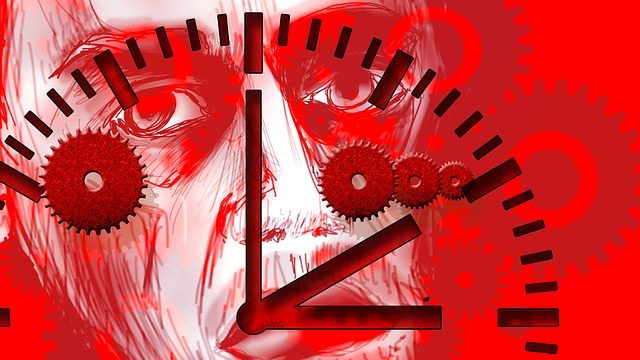
5 Tips to Help Beat Insomnia
30/10/2019
Top Tip for Staying Calm at Christmas
11/12/2019Post-traumatic Stress & Phobias

When people suffer from panic attacks, phobias or post-traumatic stress, it is because the brain’s emotional alarm system has gone into overdrive. The human species has survived because of this system which is designed to keep us safe from danger.
What happens is this. There is a small, structure in the brain, known as the amygdala (Greek for almond, which is its shape), that has access to our emotional memories and learned responses. It evolved in the distant past and its job is to match new circumstances to what is already in the store and alert us to anything that previously represented a risk and might do so again. In the distant past, this might have been a movement or flash of colour that could have signified an approaching predator. The amygdala would then have triggered changes to help the body get ready to fight or flee the danger – pounding heart, racing pulse, quick, shallow breathing, etc.
Panic Attack
A young woman, who has had a highly stressful day, is waiting in a long supermarket queue. She is worrying whether she’ll be out of the shop in time to catch the bus to school to collect her little girl. It is one pressure too many. The amygdala responds as if she is under threat. She starts to feel her heart pounding strangely and her breathing quickens. She becomes terrified that she is having a heart attack and that makes the symptoms escalate – her palms sweat; her chest feels as if it is bursting and she struggles to breathe. Soon she feels overwhelmed and may collapse or run out of the shop.
The amygdala, fearful that this could happen again, files away the fact that there were bright lights and lots of people queuing when the ‘threat’ occurred. Then, when the woman is queuing in the post office the next day, the bright lights and queue may be sufficient for the over-vigilant amygdala to trigger another panic attack to deal with the new ‘threat’.
Phobias
These start the same way – the amygdala makes associations with what was going on when a person first felt threatened, not all of which may be relevant. So, while someone who is attacked by a vicious dog may well develop a fear of dogs generally, it could equally happen that someone develops a fear of broken glass because, on a previous occasion, when they had had a panic attack, there was broken glass lying near to where they collapsed.
Agoraphobia
This can develop when someone is so frightened of panic attacks that they become afraid to leave the house. They feel they have no control over the panic attacks and feel they can happen at any time.
Post Traumatic Stress
In the case of post-traumatic stress, someone who was in the back seat of a car when a collision occurred may find it frightening to travel in the back seat again. But there may be other, unconscious, connections with the accident too – such as the smell of petrol. So the person may experience seemingly inexplicable panic when filling up their own car with petrol.
Fortunately, Human Givens therapists are taught a simple and effective way to deal with all these circumstances. If a traumatic memory is causing panic attacks, phobias or post-traumatic stress, they can use a powerful, painless visualisation procedure, known as the rewind technique. This is a therapeutic technique which takes the strong emotion out of the memory and enables the memory of the event to be stored away as history. It no longer then continues to intrude on the present. The memory remains, and always will remain, a deeply unpleasant one but no longer arouses strong, overwhelming emotions. This method can work swiftly and reliably even in the most extreme of cases.
If you are trying to deal with post-traumatic stress, a phobia or panic attacks, call text or e-mail me to book a session, for an informal chat or further information.



